Buds Vs concentrates – What should medical cannabis users use?
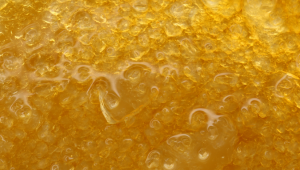
- 1. Buds
- 1. a. Advantages
- 1. b. Disadvantages
- 2. Concentrates
- 2. a. Advantages
- 2. b. Disadvantages
It’s easy to get cannabis if you reside in a legalized state. Cannabis is not so taboo anymore and you can get a variety of strains. While some are super strong, some are mild and just perfect for a quick smoke in the evenings. But, as it gets easier for recreational cannabis users, things are a little tricky even now for medical cannabis users. The dosage is often a big deal and it gets even tougher if your physician is unwilling to support your decisions. Plus, we have this big question – buds Vs concentrates – what should medical cannabis users use?
If you’re new to medical cannabis, know that cannabis is usually available in several forms – edibles, concentrates, and buds. While buds refer to the actual flowers of the plant that are dried and cured after harvest, edibles are eatables made using buds. Concentrates – as the name suggests – are concentrated extracts of marijuana. They are extracted from the buds.
Buds
Cannabis buds are the usual traditional buds found on the cannabis plant. Buds or flowers as they are usually called are found in female cannabis plants only. The males are responsible for spreading pollen but they do not produce any buds.
From time immemorial, marijuana is usually referred to as regular buds. Apart from the buds, the cannabis plant including the roots contains many medicinal properties, but since we are talking about readily available sources we will stick to buds. The buds are full of nutrients, but what’s most important are the terpenes.
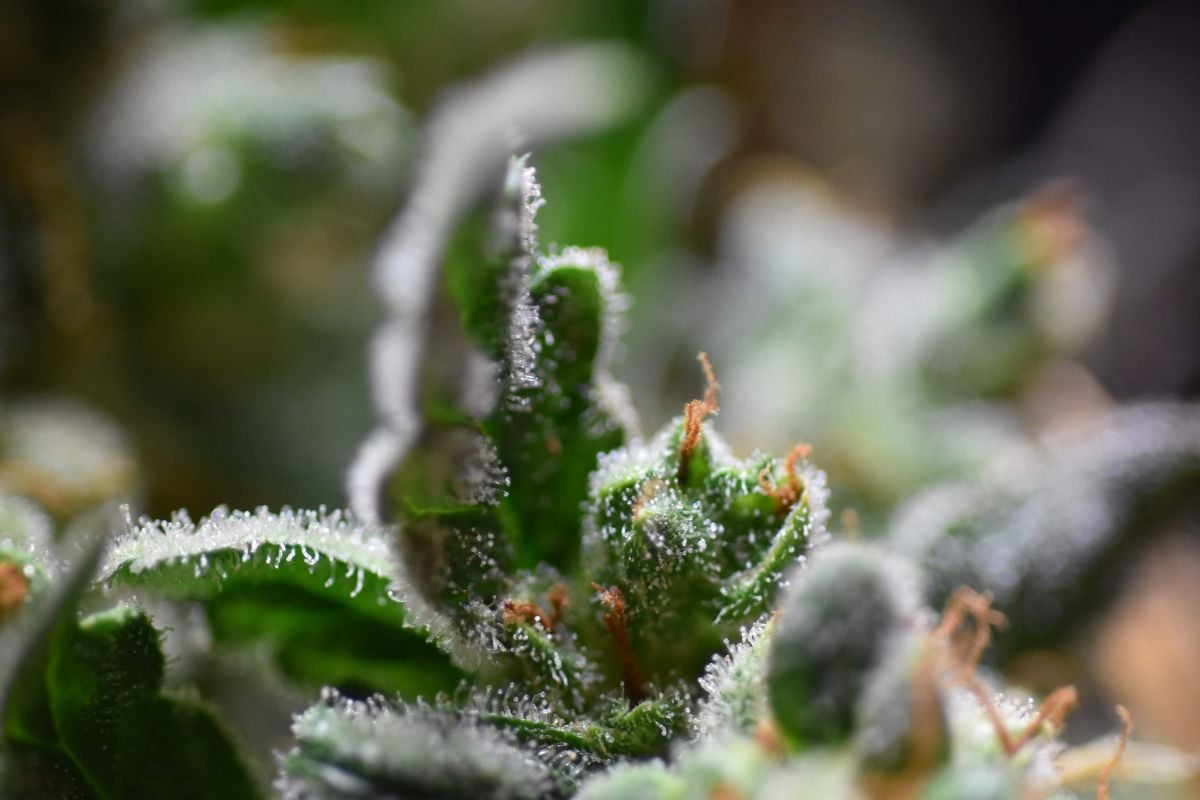
Terpenes are essential oils of the plant and are used mainly in aromatherapy to treat issues including stress. They are mainly found on the resin of the plant. For example, a terpene known as Limonene is found in citrus fruits and cannabis buds as well. From enhancing your memory to providing relaxing effects, it has many more healing benefits. It's found in strains like Bluedream as well.
Now, the resin is nothing but the sticky substance resting on the buds. This is why buds are sticky to the touch. If you find dry buds that aren’t sticky at all, it’s probably because the buds are devoid of resin.
Resin is basically used to make concentrates like hash, rosin, etc. Also known as trichomes, these resin glands are found in high concentrations in the buds but trivial amounts will also be seen on leaves and stems. Some growers refer to the resin as “sugar” and the small leaves that peep out of the buds are called sugar leaves.
For medicinal cannabis users, the resin is very important. It contains all the cannabinoids they need including THC and CBD. In fact, scientists state that cannabis has more than a hundred cannabinoids present; however, it’s tough to determine the exact number since some of the cannabinoids are present in low concentrations.
Out of all the cannabinoids, CBD and THC are well-known. Medicinal cannabis users are mainly going to be interested in CBD, depending on the type of disease they want to treat. CBD is preferred also because it doesn't produce a psychological high like THC that can make some users jittery. Of course, some users may benefit from THC as well, and both these cannabinoids are present in several strains available today.
So, what are the advantages and disadvantages of using buds?
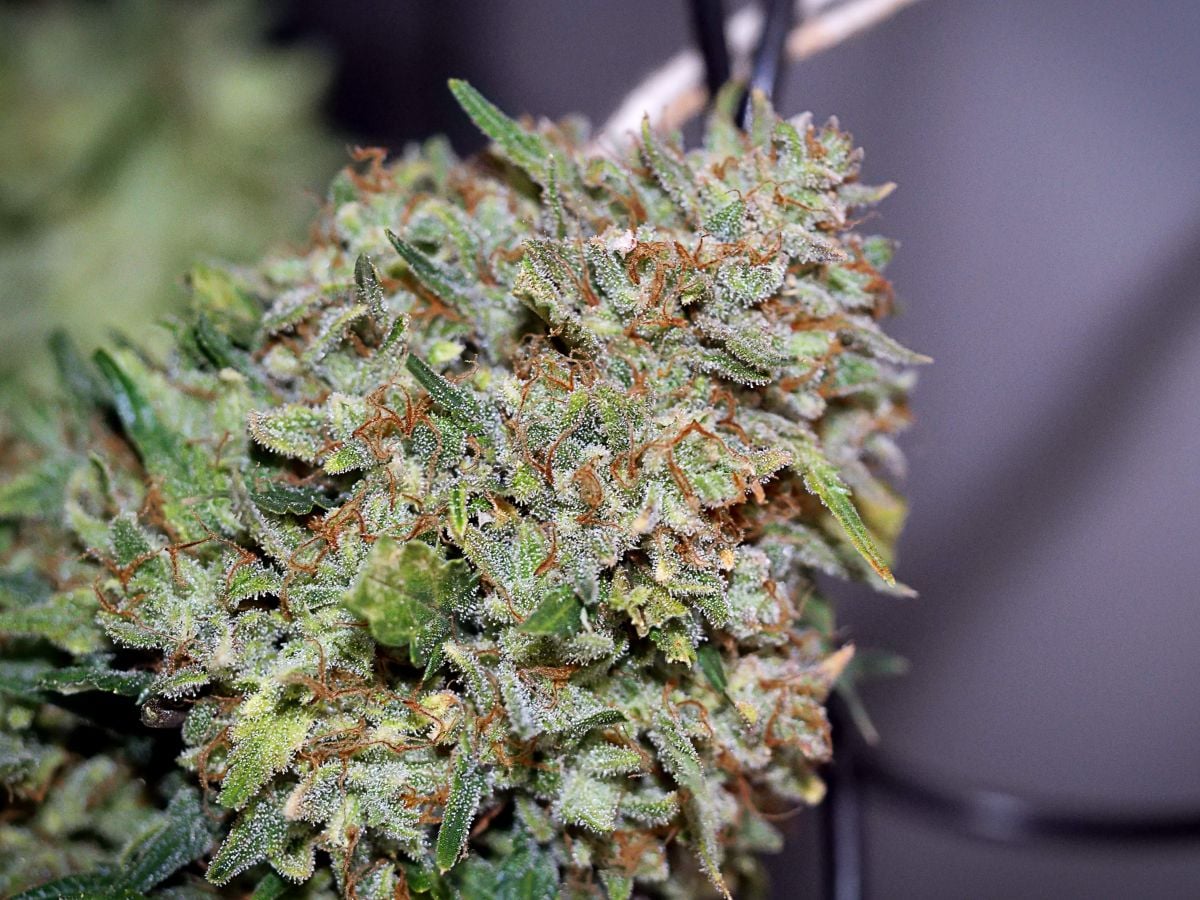
Advantages
- Buds are easy to find, and this helps medicinal cannabis users immensely.
- You can also grow your choice of strains at home as long as you’ve got some experience growing plants. It’s not all that easy, but you’ll be able to harvest a lot of marijuana in just a few months. Another advantage of growing buds at home is that you’re in full control of what you’re growing. From fertilizers to the strains, you can customize everything. Buds found in the dispensary are grown carefully, but you’ll be at peace knowing that there are no harmful chemical fertilizers sprayed on them. And, since you need it to treat a particular problem, it makes a lot of sense to grow plants at home or ask a trusted friend to do it for you.
- Compared to concentrates, buds are less expensive.
- Buds are perfect for medicinal users that don’t require high amounts of CBD or THC.
- Buds are unprocessed. They come straight from the plant to your table. Thus, they are full of natural resin and terpenes that enhance the medicinal qualities of the plant.
Disadvantages
- Buds don’t contain high amounts of THC or CBD like concentrates, and it works both as an advantage and a disadvantage. For some medical cannabis users, using high concentrations of CBD can be critical and a matter of life and death. In such cases, concentrates are the only option.
- You can only smoke buds, and that’s not a healthy alternative for medical cannabis users. Of course, you can vaporize buds to reduce the risk, but you’ll need to purchase a dry herb vaporizer in order to use the buds.
Concentrates
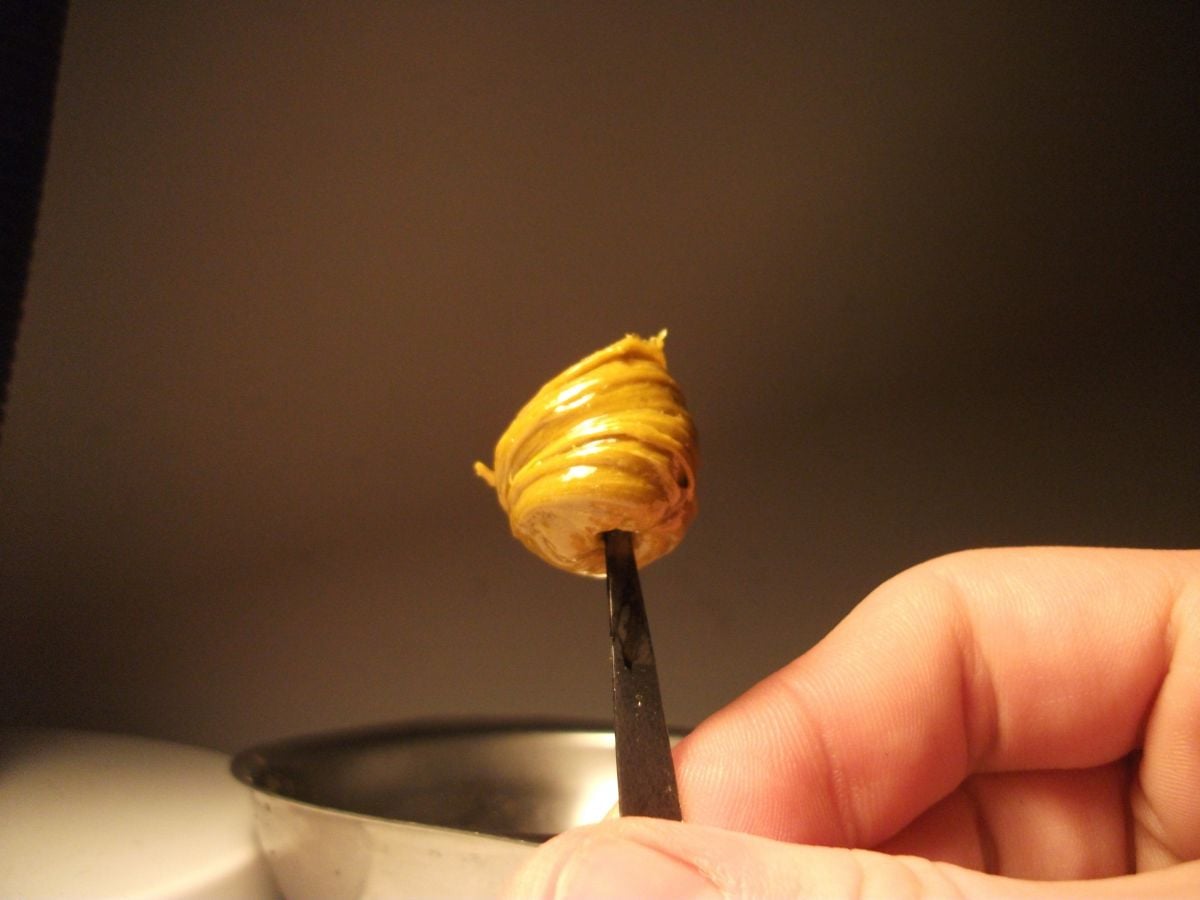
Concentrates are extracts of the cannabis plant. Concentrates are available in the form of waxes, oils and dry powdery substances like kief. Kief is nothing but the residue that collects at the bottom of your grinder, but it’s full of trichomes teeming with medicinal properties. Concentrates are extracted mainly from the buds but some growers also use sugar leaves to make dry ice hash, etc.
Unlike growing plants at home and producing buds, it’s not that simple to make concentrates at home. You’ll need way too many buds to produce small amounts of concentrates, which is why they are so expensive when you purchase them.
Advantages
- Concentrates are beneficial if you’re looking for high amounts of THC or CBD. While traditional buds contain mostly about 15-20% THC or CBD, concentrates boast of more than 80%.
- They provide quick relief to users looking to treat chronic pain and stress.
- Concentrates like CBD oil are used to treat side effects of cancer, epilepsy, and many other illnesses. Regular CBD oils only contain CBD, but if you want to gain all the medicinal benefits of the plant, go for full-spectrum oils that contain cannabinoids and terpenes.
- It’s easy to mix concentrates in edibles to make cookies or brownies. As long as you’re sure of the amount to be used, concentrates can be used to prepare many types of edibles.
Disadvantages
- Unlike regular buds, concentrates are hard to find.
- If you’re looking for concentrates to treat any illness, make sure you purchase it only through a reputed source since you don’t want adulterated concentrates. Sure, most growers produce concentrates carefully but since a large number of buds are processed to produce very little concentrate, there is a possibility of adulteration due to the fertilizers used on the buds. Thus, look for companies that provide lab certificates for the products they endorse.
- Naturally, concentrates are super expensive compared to traditional buds.
- Although concentrates are nothing but the extracts of the buds, the terpenes can be destroyed while they are processed at times. Terpenes are fragile and a slight amount of agitation can ruin the trichomes.
- Concentrates can be prepared at home but it can be very dangerous since it involves butane. Experienced growers make their own concentrates but it’s recommended that you stay away if you’re clueless.
At the end of the day, medical cannabis users can use both buds and concentrates depending on what they are attempting to treat. If you don’t require high doses, buds are your first choice. However, if you require huge doses of CBD or THC every day, go for concentrates like CBD oil.








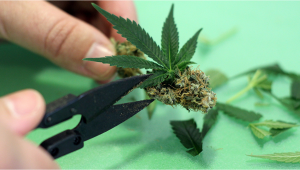
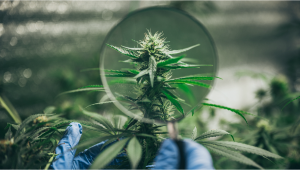


Comments